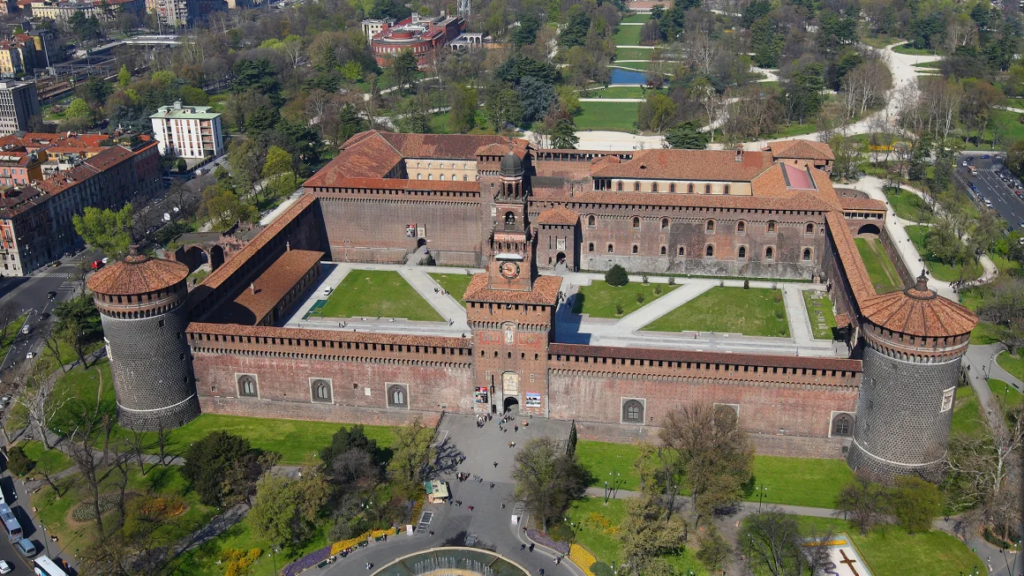
Secret passageways beneath Sforza Castle linked to da Vinci’s designs
A research team from the Polytechnic University of Milan has discovered hidden tunnels beneath Italy’s Sforza Castle, potentially linked to sketches made by Leonardo da Vinci in 1495, CNN reported. The Italian artist, scientist, and architect is believed to have designed these tunnels as escape routes for soldiers in case of a breach in the castle’s defenses.
Leonardo da Vinci’s role as a military architect
Da Vinci spent time at the castle in the late 1400s as a member of Duke Ludovico Sforza’s court. While commissioned for a painting, he also created detailed drawings of defensive structures resembling the Sforza Castle’s layout.
“Reconstructing the past as accurately as possible is crucial. Many of Leonardo’s architectural sketches were conceptual exercises rather than blueprints for actual construction—ideas that existed only on paper,” Leonardo expert Dr. Francesca Fiorani told CNN.
Discovery of a long-rumored tunnel
Between 2021 and 2023, researchers used ground-penetrating radar and laser scanning to digitize the castle’s underground structures. While mapping a well-known passageway, they uncovered a second tunnel, long speculated by experts but never confirmed.
Running parallel to the first, this newly discovered passage is buried three feet beneath the surface and may have served as a hidden route for soldiers to maneuver against enemy forces.
More secrets may lie beneath
Scientists believe additional underground structures remain undiscovered, but mapping them is challenging. Sforza Castle was once six times its current size, with multiple demolitions and restorations during the Napoleonic Wars and the late 19th century drastically altering its structure.
“Our findings highlight how deeply history is woven into our cities. Only by understanding our past can we fully appreciate the importance of preserving and enhancing our cultural and architectural heritage,” said research fellow Francesca Biolo, who initiated the surveys as part of her doctoral thesis.






